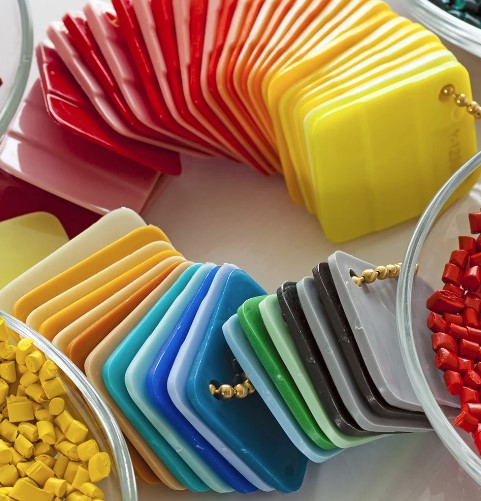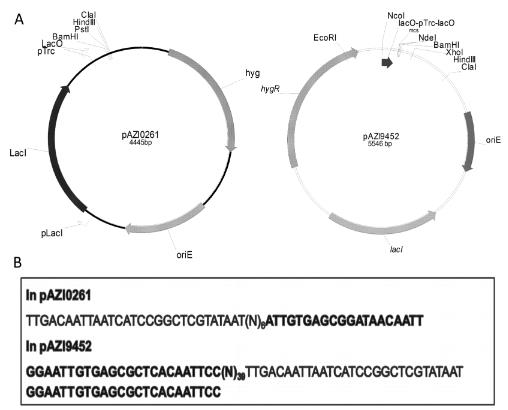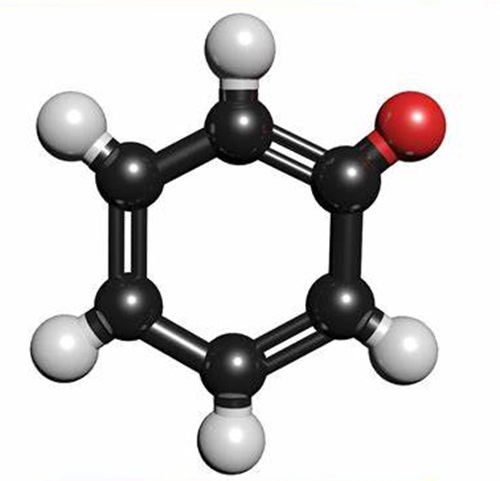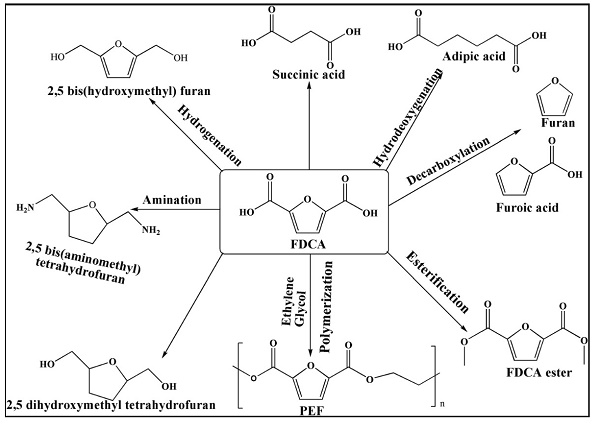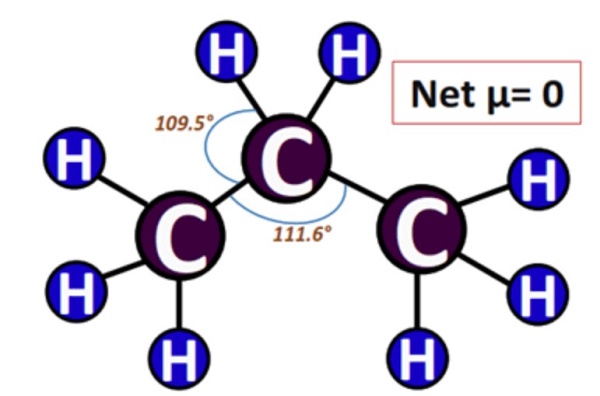The organic raw materials are petrochemicals made of petroleum and natural gas, and the industries of various organic chemical products are produced or fractionated by the raw material gas after coal gasification and the coal tar recovered by dry distillation. In China's organic chemical industry, the first acetylene route from coal-based calcium carbide, coalification to methanol, formaldehyde route and recovery of coal tar in benzene, naphthalene, anthracene and other routes and the use of grain as raw material fermentation distillation to produce alcohol routes. Organic raw materials are widely used and can be divided into three aspects: one is the raw material used to produce polymer chemical products, that is, the monomer for polymerization; the other is used in other organic chemical industries, including raw materials for fine chemical products; Used in solvents, refrigerants, antifreezes, gas adsorbents, etc. Basic organic chemicals are the basis for the development of various organic chemical products and are a major component of modern industrial structures.
The Physical and chemical properties of Polypropylene
Polypropylene (PP), or polypropene, is a thermoplastic polymer used in various applications. It is produced via chain-growth polymerization from the monomer propylene.
Jan 12,2024 Organic ChemistryResearch on the toxicity of 4-chloro-3-nitroaniline
The toxicity of 4-chloro-3-nitroaniline is similar to that of other aromatic nitro and amino chemicals.
Jan 12,2024 Organic ChemistryThe four commercial grades of polyethylene
Polyethylene can be prepared in four commercial grades.
Jan 11,2024 Organic ChemistryIPTG:a molecular analog of lactose
IPTG, a molecular analog of lactose, induces gene expression in bacteria. It's pivotal in molecular biology, enabling precise control for research.
Jan 9,2024 Organic ChemistryThe Use of Bromobenzene as a Solvent
Bromobenzene is the simplest member of the class of bromobenzenes, it has a role as a non-polar solvent. Bromobenzene shows different bromination selectivity in polar solvents containing ionic liquid.
Jan 5,2024 Organic ChemistryThe discussion on the polarity of phenol
The sharing of electrons between O and H is unequal, with the electrons more strongly drawn towards O. This results in an overall polar molecule.
Jan 5,2024 Organic ChemistryA alternative to fossil fuels: 2,5-Furandicarboxylic acid
2,5-Furandicarboxylic acid can replace petroleum-based terephthalic acid to produce biobased plastic polyethylene furan dicarboxylate (PEF) due to the similarity in its functional group with terephtha
Jan 5,2024 Organic ChemistryPolarity and Solubility of Malonic Acid
Malonic acid is polar as there are carboxyl groups, it is soluble in polar solvents, such as water and methyl alcohol. Malonic acid was insoluble in hexane because hexane is nonpolar.
Jan 4,2024 Organic ChemistryThe Chemical Properties of Propane
Propane is a colorless and odorless flammable gas. It is also an asphyxiant. If inhaled, it will cause dizziness, difficulty breathing, or loss of consciousness.
Jan 4,2024 Organic ChemistryThe Polarity of 1-Propanol and Its Effect on Organic Systems
1-Propanol is a good solvent and can be used directly or through the synthesis of propyl acetate in coatings, printing inks, daily chemicals and other fields. It is a polar solvent and can effect othe
Dec 28,2023 Organic Chemistry



